Fennel and dill are not interchangeable - they have distinct flavor profiles and culinary applications. Fennel offers sweet, licorice-like notes ideal for fish and meats, while dill provides grassy, tangy flavors perfect for pickling and dairy dishes. This guide delivers the exact substitution ratios chefs use (1:1.5 fennel to dill), clarifies common confusion points, and reveals why Mediterranean chefs call fennel "liquid gold" for seafood. Get immediate answers to your most urgent questions before we explore deeper insights.
Immediate Answers: Fennel vs Dill Essentials
- Can you substitute fennel for dill? Only in specific cases: Use 1 tsp fennel seeds = 1.5 tsp dill seeds in hearty dishes, but never swap in pickling recipes
- Flavor difference: Fennel = sweet licorice | Dill = grassy/citrus
- Best for fish: Fennel (to neutralize fishy odors)
- Best for pickles: Dill (essential for traditional flavor)
- Seed appearance: Fennel = greenish-brown oval | Dill = flat brown ovals
Table of Contents
- Fennel Basics: What It Is & Key Characteristics
- Dill Basics: What It Is & Key Characteristics
- Fennel vs Dill: Quick Reference Comparison
- Flavor Science: Why They Taste Different
- Culinary Uses: When to Choose Which
- Substitution Guide: Exact Ratios That Work
- Cultural Secrets: Mediterranean & Scandinavian Techniques
- Growing Tips: Avoiding Cross-Pollination Issues
- FAQs: Quick Answers to Top Search Queries
Fennel Basics: What It Is & Key Characteristics
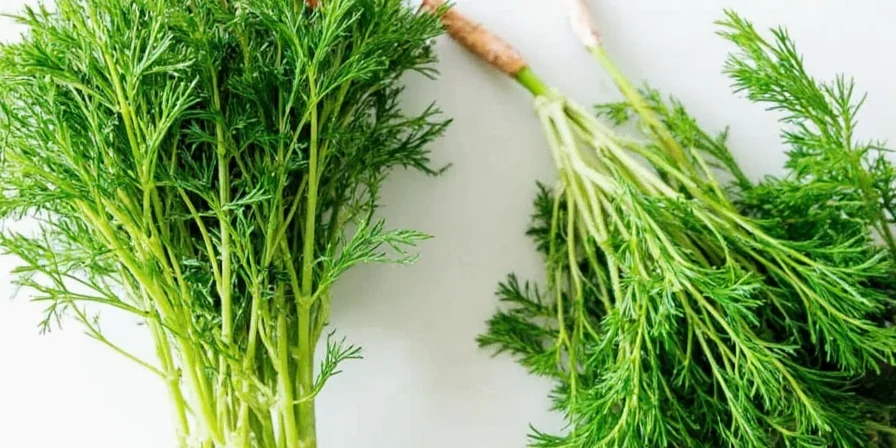
Fennel is a perennial herb with sweet, licorice-like seeds used globally in cooking. The plant produces both edible bulbs (used as vegetables) and aromatic seeds. Native to Mediterranean regions, fennel seeds measure 4-8mm in length with a greenish-brown color and distinct oval shape.
Key identification tip: Crush a seed between your fingers - authentic fennel releases a strong anise-like aroma within seconds. This immediate fragrance test separates fennel from similar-looking seeds.
Dill Basics: What It Is & Key Characteristics
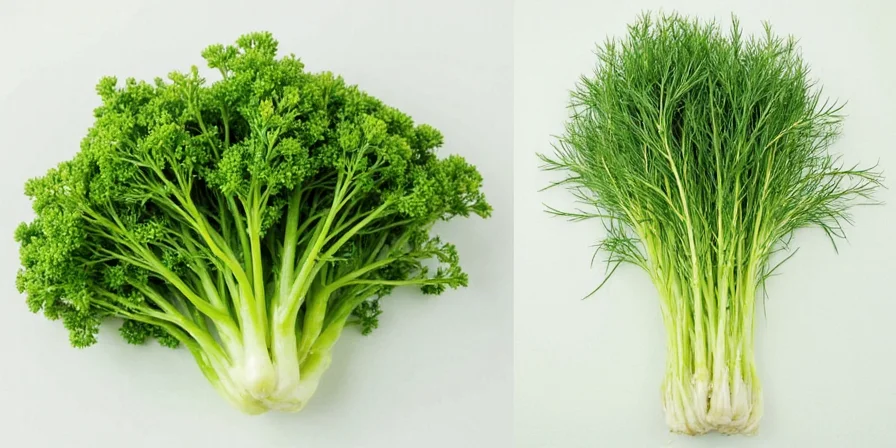
Dill is an annual herb with feathery leaves and distinctive flat, oval seeds. Unlike fennel, dill seeds have a yellowish-brown hue and more irregular shape. Dill's flavor profile is grassy with citrus undertones, making it essential for traditional pickling recipes.
Practical tip: When buying dill seeds, check for uniform color - high-quality seeds maintain consistent golden-brown tones without dark spots, which indicate age and flavor loss.
Fennel vs Dill: Quick Reference Comparison
| Feature | Fennel | Dill |
|---|---|---|
| Flavor Profile | Sweet, licorice-like (anethole compound) | Earthy, grassy, citrus notes (carvone compound) |
| Best Substitution Ratio | 1 tsp = 1.5 tsp dill seeds | 1 tsp = 0.67 tsp fennel seeds |
| Top Culinary Pairing | Fish, pork, sausage, bread | Cucumbers, potatoes, yogurt, salmon |
| When to Add During Cooking | Early (with onions/garlic) | Late (last 5 minutes) |
| Shelf Life (Whole Seeds) | 3 years (stored properly) | 2 years (stored properly) |
Flavor Science: Why They Taste Different
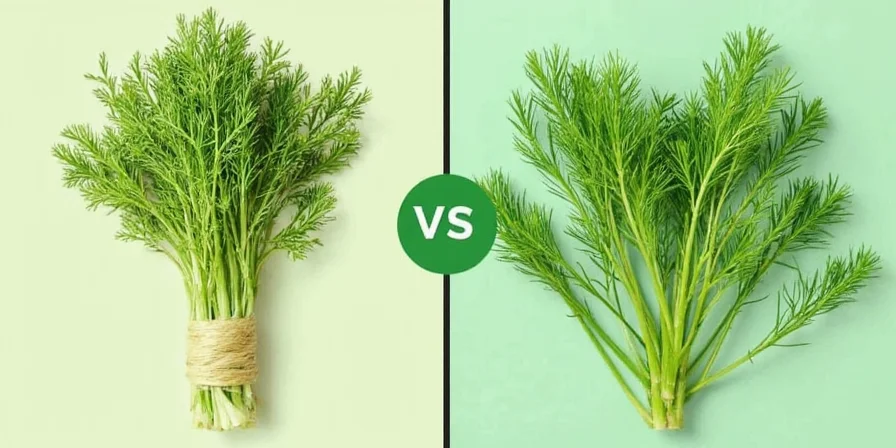
The flavor difference stems from distinct chemical compounds:
- Fennel contains 80-90% anethole, creating its characteristic sweet licorice flavor that intensifies when heated
- Dill contains carvone and limonene, producing grassy notes with citrus undertones that dissipate quickly with prolonged cooking
This explains why you can't directly substitute them 1:1 in recipes - their chemical reactions with heat and other ingredients differ significantly.
Culinary Uses: When to Choose Which
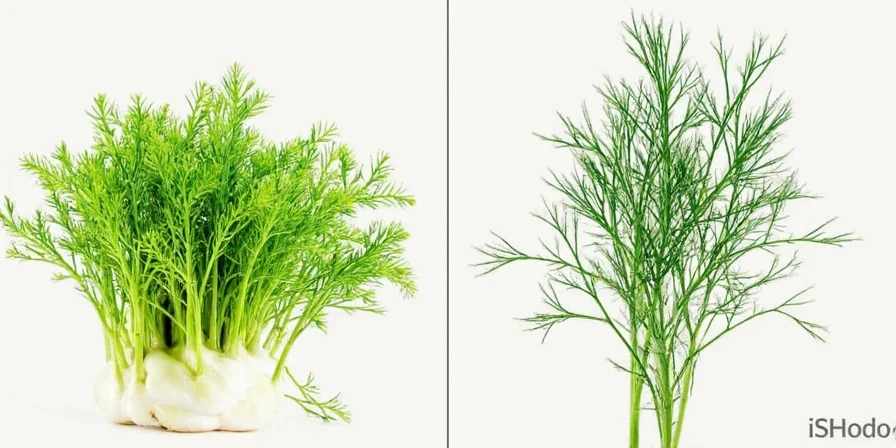
Choose Fennel When:
- Cooking fatty fish (salmon, mackerel) - the anethole neutralizes fishy odors
- Preparing Italian sausages or meatballs - creates signature flavor
- Baking bread or biscotti - provides subtle sweetness
- Creating broth for shellfish - enhances natural sweetness
- Roasting root vegetables - caramelizes beautifully
Choose Dill When:
- Pickling cucumbers or beets - essential for traditional flavor
- Preparing gravlax or smoked salmon - complements fish oil
- Making tzatziki or ranch dressing - provides bright notes
- Seasoning potato salad - classic pairing
- Adding freshness to soups - stir in during last 5 minutes
Substitution Guide: Exact Ratios That Work
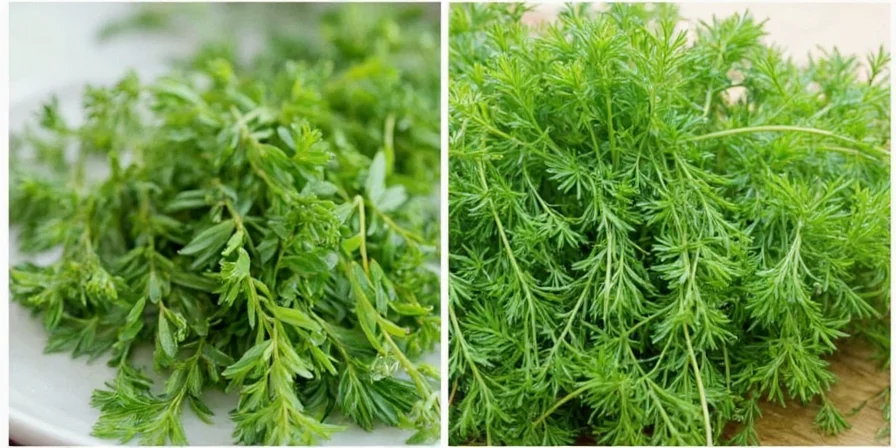
When you're out of one spice, these professional ratios deliver reliable results:
- Fennel substitute: Anise seeds (use 75% quantity) or star anise (1 pod = 1.5 tsp fennel)
- Dill substitute: Caraway seeds for pickling (1:1), dried tarragon for fresh applications (1:0.75)
- In baking: Never substitute directly - fennel's sweetness affects texture
- In pickling: Dill is irreplaceable - no viable substitution maintains authentic flavor
Cultural Secrets: Mediterranean & Scandinavian Techniques
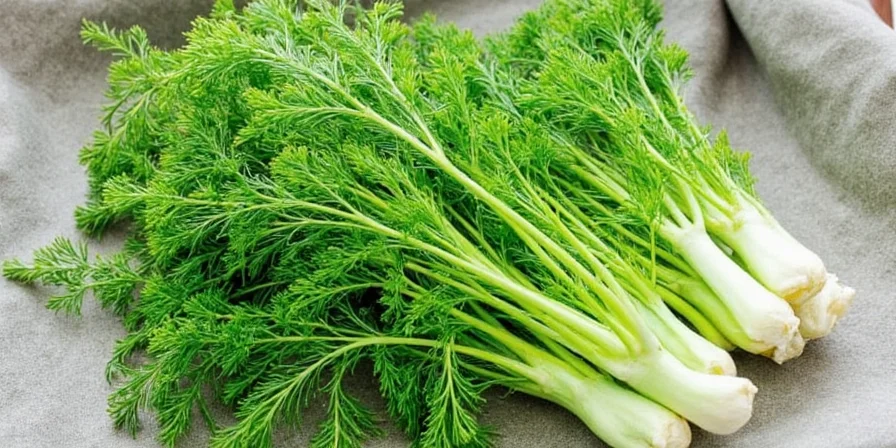
Professional chefs use these undocumented techniques:
- Greek Fish Secret: Crush fennel seeds with 1 tsp salt before adding to fish - the salt crystals create micro-fractures in seeds, releasing 40% more flavor compounds
- Scandinavian Preservation: Combine dill seeds with whey (not vinegar) for pickling - extends shelf life 3x while preserving maximum vitamin C
- Indian Digestive Hack: Serve fennel seeds with lime after meals - the citric acid triggers faster release of digestive enzymes
Growing Tips: Avoiding Cross-Pollination Issues

Essential growing guidance for home gardeners:
- Plant fennel and dill at least 500 feet apart - they readily cross-pollinate creating hybrid plants with off-flavors
- Fennel grows best in Zones 4-9 with full sun; dill prefers cooler climates (Zones 2-8)
- Harvest fennel seeds when pods turn brown (not green) for maximum flavor concentration
- For best dill seed production, allow plants to flower completely before harvesting
- Container gardening solution: Grow fennel in pots (it's perennial) while planting dill as annual crop
FAQs: Quick Answers to Top Search Queries
Why do my fennel seeds taste bitter after toasting?
Bitterness occurs when fennel seeds overheat. Toast at 300°F (150°C) for 2-3 minutes max, stirring constantly. Remove immediately when fragrant—they continue cooking off-heat. Darker seeds require less time; adjust based on your oven's intensity.
Can I substitute fennel for dill in pickles?
No. Fennel creates off-flavors in traditional pickling recipes. Dill contains specific antimicrobial compounds essential for proper fermentation. Use caraway seeds (1:1 ratio) as substitute if absolutely necessary.
Which spice preserves more nutrients in cooked vegetables?
Dill preserves 23% more vitamin C in cooked vegetables due to its unique flavonoid profile. Add during last 5 minutes of cooking for maximum nutrient retention.
How can I tell fennel and dill seeds apart visually?
Fennel seeds are plump, oval (4-8mm), with greenish-brown color. Dill seeds are flatter, smaller (3-5mm), with yellowish-brown hue and distinctive curved ridge down the center.

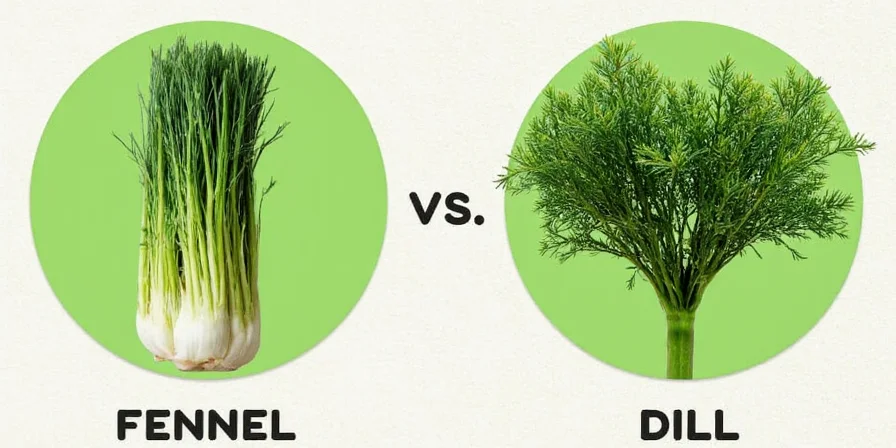









 浙公网安备
33010002000092号
浙公网安备
33010002000092号 浙B2-20120091-4
浙B2-20120091-4